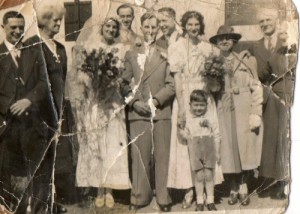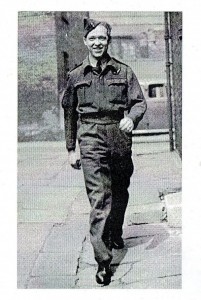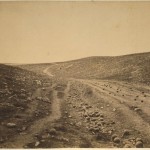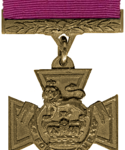Billy Hatton – the Wakefield Dambuster – how many of you knew we had a dambuster in our midst?
William Hatton was born in Wakefield on 24 March 1920, the son of George and Florence nee Lee. The couple marrying in the Autumn iof 1911.
Billy attended the Holy Trinity School and later Thornes House, joining the RAFVR in 1940. He served as 1013557 and rose to the rank of Sergeant. Billy became a member of 617 Sqdn on 25 March 1943, as a flight engineer. His plane crashed into the sea 8 miles of Cromer and is remembered on the Runnymede Memorial.
The Runnymede Memorial, cared for by the CWGC commemorates over 20,000 airmen who were lost in the Second World War during operations from bases in the U K and North and Western Europe, and who have no known graves. They served in Bomber, Fighter, Coastal, Transport, Flying Training and Maintenance Commands, and came from all parts of the Commonwealth. Some were from countries in continental Europe which had been overrun but whose airmen continued to fight within the ranks of the RAF.

During the month of May 1940, Billy was the Bestman at my cousins wedding – Albert Edward Binns and his wife, Evelyn Pickard at Flanshaw Congregational Chapel
Billy’s father George served in the RN in WW1, living at 8 Ingwell Street, Wakefield – just off one of the main thoroughfares in and out of the City.
So, like Nelly Spindler, you could say that they are ‘forgotten hero’s’ in their home town!
Photographs supplied by D Ross nee Binns


